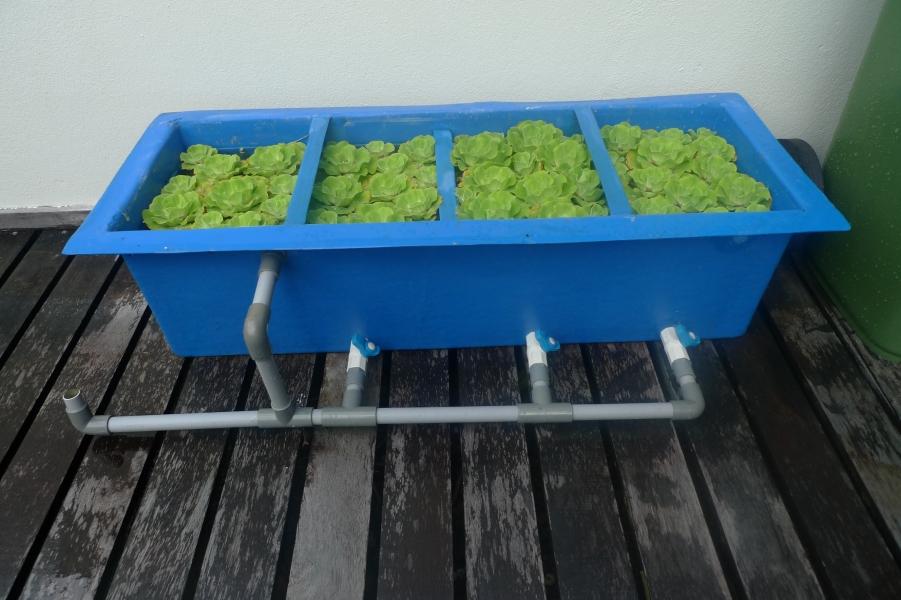
The Ultimate Guide to Choosing Koi Pond Biological Filter Media
Introduction
Having a koi pond in your backyard can be a relaxing and beautiful addition to your property. However, it comes with the responsibility of maintaining the pond and keeping it clean for the health of your fish. Pond filtration is essential to keep your fish alive and thriving. One of the most important components of pond filtration is the biological filter media.
What is Bioligical Filter Media?
Biological filter media is a material that cultivates beneficial bacteria that help break down organic waste in the pond. These bacteria are naturally present in the water and need a surface area to grow on. The filter media provides this surface area. The bacteria break down the waste products into less harmful substances and maintain a healthy balance in the pond.
Types of Biological Filter Media
There are several types of biological filter media available in the market. Each one varies in shape, size, material, and bacterial capacity. Here are some of the most commonly used filter media:
1. Foam Filters
Foam filters are the most economical and commonly used filter media. They are made of open-celled foam cut in varying shapes and sizes. They have a large surface area and are easy to clean. You can replace them as needed, or clean them with a hose or a bucket of pond water.
2. Ceramic Rings
Ceramic rings are small pieces of porous ceramic material that have a large surface area for bacterial growth. They provide a long-lasting and stable surface for the beneficial bacteria to grow. You can clean them by simply rinsing them off with pond water.

3. Bio Balls
Bio balls are made of a hard plastic material with a lot of small holes for bacterial growth. They provide a high surface area within a small space. They are also easily cleaned by rinsing them off with pond water.

4. K1 Media
K1 media is a type of plastic media that has a unique shape. The crosshatched pattern of K1 media allows it to provide a massive surface area for bacterial growth. The movement of the water in the pond causes the K1 media to move, which promotes aeration and bacterial growth. It is also easy to clean.

How to Choose the Right Biological Filter Media
Choosing the right biological filter media can be confusing, but there are a few things you should consider:
1. Pond Size
The larger your pond, the more filter media you will need to effectively remove waste products. Consider the size of your pond to determine the amount of filter media you require.
2. Bacterial Capacity
Each type of filter media has a different bacterial capacity. You should choose filter media with a high bacterial capacity to ensure enough beneficial bacteria can grow in your pond.
3. Durability
Choose filter media that will last a long time and won’t degrade or fall apart quickly. Durable filter media will save you money and trouble in the long run.
Conclusion
Selecting the right biological filter media will improve the water quality in your koi pond and keep your fish healthy and happy. By considering the type of media that suits your pond size, cleaning preference, and bacterial requirements, you can establish a reliable and effective filter system. Ensure to perform regular pond maintenance such as cleaning the filter media and checking the water parameters to keep your pond running smoothly.